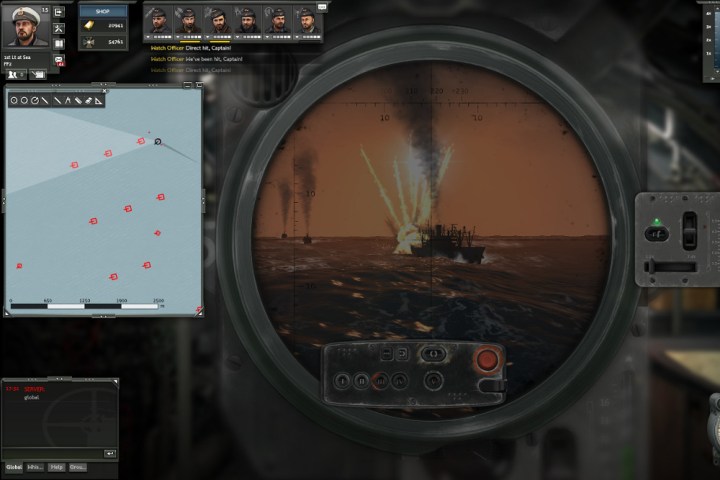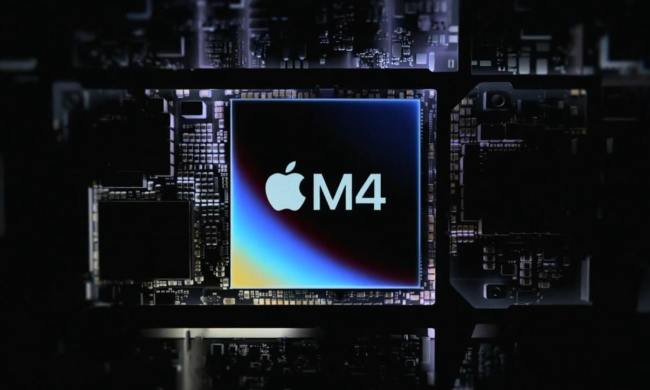
Many of the conventional types of simulations — spaceship pilot, driving, various sports — are already well represented on the Oculus Marketplace and SteamVR, but there’s a whole world of things out there to do virtually. We’ve picked a few PC simulation gamethat s which we think would do well by making the jump to virtual reality.
Car Mechanic Simulator
It’s not easy to get into “working on cars” as a hobby. You need the tools, you need the knowledge, you need a garage, and you’d probably want to work on a car that isn’t your primary means of getting around.
Working on a virtual car, like you do in Car Mechanic Simulator 2015, solves all of those problems, but doesn’t quite get the job done. Clicking a mouse doesn’t convey the physicality of turning a wrench or lifting an engine out of a car. By putting the game in VR, you could emulate the physical motions of taking cars apart and putting them back together.
Fantastic Contraption, one of the the Vive’s best games, proves that building, modifying, and toying with a virtual contraption can be a lot of fun. A mechanic simulator could build on similar concepts. Letting the player jack the car up with a variety of virtual hardware, for example, and view the guts from various perspectives, could take gameplay to a whole new level.
Kerbal Space Program
Popular space flight management simulation Kerbal Space Program doesn’t let you design a rocket and take it for a spin. You need to do the math. Everything from your rocket design, to your trajectory for leaving and/or entering orbit, to your landing, must be calculated to perfection.
Unlike many virtual simulations, the game heavily relies on the third-person: Kerbals, little green men who men who carry out your missions, are almost always present. In VR, players should be able to switch and get a Kerbal’s-eye-view once a mission has commenced.
The greatest boon, however, would be in the planning. Most of the “game” in Kerbal takes place before the rocket launches: Being able to navigate star charts and build rockets in a virtual space could help visually minded players, and add some playful flair to some of the game’s highly technical sections. Even a minimalist hybrid PC-VR version, where players set up a mission on PC, then observe it in VR, could be especially helpful for the educational version of the game, which was created as an access point for getting kids interested in science and engineering.
Ice Lakes
Highly technical PC simulations often cater to hobbyists and people with some active interest in a given subject outside of the game. Games like the Farming Simulator series, for example, pride themselves on having the latest farming equipment, so tractor enthusiasts can check out the real-world models they may not get to see in person.
Virtual reality, by contrast, puts a much stronger emphasis on action. Most VR sims (so far) emphasize physical action that feels real, rather than technical information that suggest a simulation is true-to-life. That shift in focus opens the door for more inviting, exploratory simulations for less involved players interested in trying something for the first time.
In Ice Lakes, an ice fishing simulator on Steam, players can explore open levels to find a good spot to drill down into the ice, then drop their lines based on the environment. While developer Iceflake Studios might need to reign back the game’s open-world elements — maybe you can warp to different spots on the ice — the experience of reading the world, drilling the ice, and fishing could be thrilling. (For the full effect, Make sure to a position a large fan right next to you for the duration of your fishing trip.)
While I’m sure there is a subset of fishing enthusiasts who would love an ice fishing simulation with the accurate models of the latest fishing poles, there are also a lot of us who don’t know anything about ice fishing and simply want to get a sense of what it feels like.
Silent Hunter
Since vehicles with guns have already become one of the most popular targets for VR simulation, Ubisoft’s World War II submarine simulator series Silent Hunter seems like a natural fit. Players control the commander of submarine crew operating in either the Atlantic or Pacific Ocean, ambushing ships and fighting other submarines.
Silent Hunter lends itself to VR because you play as a submarine commander, rather than simply controlling the vessel. Aside from the obvious enhanced tension you’d feel from experiencing the game’s most powerful moments, like when your sub gets rocked by a nearby depth charge, a VR version of the game could enhance the experience of commanding a crew, making sure operations run smoothly, planning out how to deal with problems by giving orders, rather than simply pressing a button.
What’s more, with multiplayer, players could get together and simulate an entire sub crew, which could add a whole new layer of challenge and realism to the experience. Ubisoft’s already building a roadmap for this kind of game with its recently announced space sim, Star Trek: Bridge Crew, a multiplayer VR game that puts players at the stations of the U.S.S. Enterprise.
Tabletop Simulator
Tabletop Simulator, a Kickstarter-funded board game crafting game on Steam, feels somewhat subdued compared to some of experiences virtual reality could show us. The game allows players to design board games on a virtual table, then sit and play their creations with friends. Tabletop Simulator’s merits are not mind-expanding, but utilitarian. For aspiring board game makers, the game makes designing and testing game ideas easier and more affordable. When combined with online multiplayer, TS basically allows players from around the world to literally come together and sit at the same table.
While some tabletop games have found various types of work-arounds, such as digitized figurines or game adaptations like Magic: The Gathering, Tabletop Simulator in VR feels like a natural solution. In fact, by making it possible to perfectly replicate an activity in a virtual setting, Tabletop Simulator could be the most successful virtual reality application yet.


